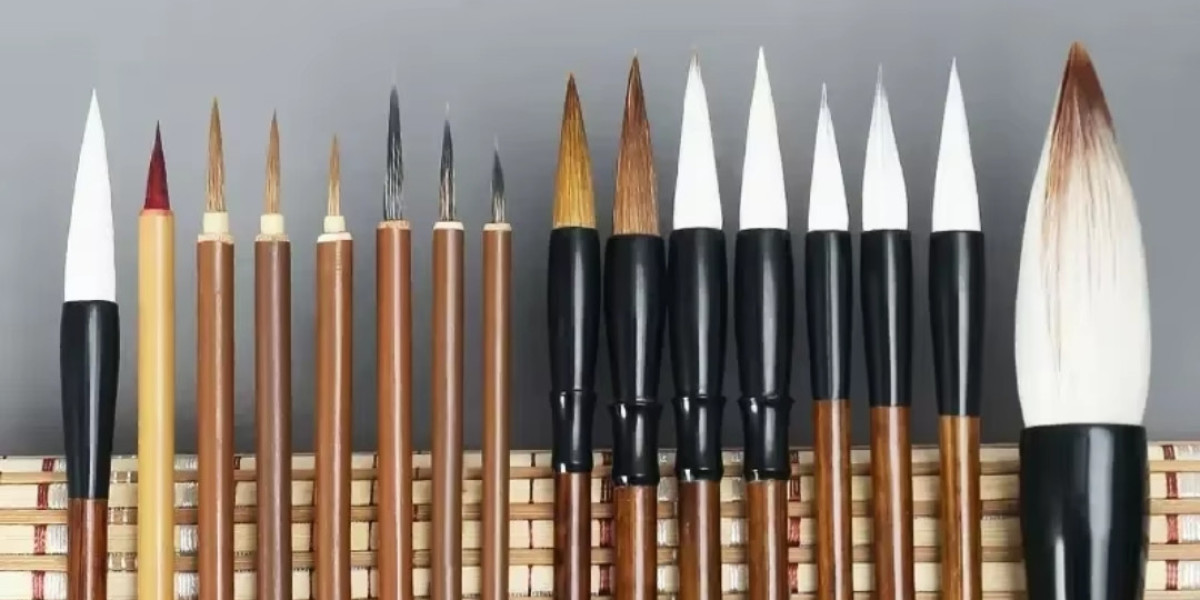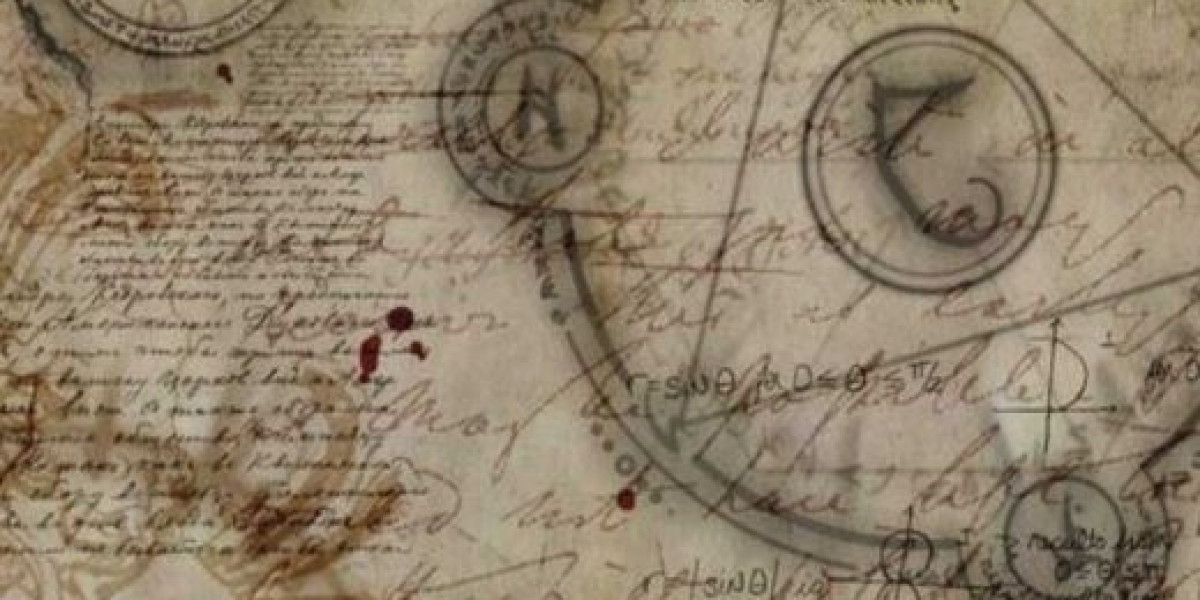The Chinese calligraphy brush is more than just an artistic tool—it's a cultural cornerstone of China’s historical, literary, and aesthetic legacy. From imperial courts to modern studios, this brush has gracefully inked the nation’s ideologies, philosophies, emotions, and artistic mastery for over 2000 years.
The evolution of the Chinese calligraphy brush is inseparably tied to the broader development of Chinese civilization. Unlike Western pens and modern digital input tools, this brush holds spiritual symbolism, social status, and a deep reverence for tradition. It served not only to transcribe words but also to express one’s mind and soul on paper or silk.
The Historical Thread of the Chinese Calligraphy Brush
The origin of the Chinese calligraphy brush dates back to the Warring States period (475–221 BCE). While early humans used sharpened bamboo sticks or bone to inscribe symbols on tortoise shells and bones (oracle bones), the transition to soft-haired brushes occurred with a breakthrough in writing tools.
General Meng Tian of the Qin Dynasty is often credited with refining the calligraphy brush’s structure—combining animal hair with a bamboo handle. This innovation synchronized with the invention of paper, forming what the Chinese later called the "Four Treasures of the Study": brush, ink, inkstone, and paper.
Over time, various dynasties contributed to the sophistication of brush-making techniques. Brushes were meticulously crafted using goat, wolf, weasel, or rabbit hair—each selected for a different texture and result. These natural materials gave artists and calligraphers control over ink flow, brushstroke thickness, and expressive movement.
Deep Cultural Significance in Chinese Society
In ancient China, literacy was a symbol of intellect, virtue, and social standing. The Chinese calligraphy brush became a symbol of this cultivated image. For Confucian scholars, brush calligraphy was not merely handwriting; it was a moral discipline. Each stroke reflected the character and inner harmony of the writer.
Emperors used calligraphy to assert their authority and divine right to rule. Official documents, decrees, and historical records were all penned using the Chinese calligraphy brush, each word carefully composed with meaning and precision. Brush calligraphy wasn't just a task—it was a spiritual and intellectual pursuit.
Calligraphy also became a major component of Chinese education, especially during the Tang and Song Dynasties. Young scholars and aristocrats practiced calligraphy as part of their moral training. Mastery of the Chinese calligraphy brush indicated not just literacy, but discipline, focus, and an appreciation for beauty.
Types of Chinese Calligraphy Brushes
Though not diving into key features, it’s worth exploring the diversity in styles and their cultural contexts. Brushes vary by:
Hair Type (goat, weasel, mixed)
Handle Material (bamboo, jade, porcelain)
Size and Flexibility
Artisans often decorated the handles with carvings, inscriptions, or paintings, turning each Chinese calligraphy brush into a collectible art object. Even now, collectors value antique brushes for their craftsmanship and historical relevance.
Artistic Expression Through the Brush
What makes the Chinese calligraphy brush distinct from other writing tools is its dynamic and flexible form. Unlike rigid pens or pencils, the brush responds to the writer's rhythm, energy, and intention.
A single Chinese character might require swift flicks, firm presses, gentle lifts, and flowing curves—all within a confined space. This makes brush calligraphy closer to dance or martial arts than mere writing. The artist's wrist and breath work in tandem, creating a visual melody of ink on paper.
Several traditional scripts exist, each with its own aesthetic and challenge:
Seal Script (Zhuan Shu): Ancient and symmetrical, used in early inscriptions.
Clerical Script (Li Shu): Squarish and structured, used in the Han Dynasty.
Standard Script (Kai Shu): The most legible, perfect for beginners.
Running Script (Xing Shu): A semi-cursive style for quick but elegant writing.
Cursive Script (Cao Shu): Expressive and flowing, often requiring deep skill.
Each style requires a deep understanding of balance, energy, and the medium itself. Mastery of the Chinese calligraphy brush is often viewed as a lifetime endeavor.
Modern Practice and Global Reach
Though calligraphy might seem like an ancient art in a world of smartphones and tablets, the Chinese calligraphy brush is far from obsolete. It remains a vibrant tradition in Chinese schools, universities, art academies, and cultural festivals.
In contemporary China, brush calligraphy is embraced as both a meditative practice and a form of heritage preservation. Students often participate in national calligraphy contests, while older generations treat it as a hobby that connects them to their roots.
The global fascination with Chinese calligraphy has grown as well. Artists worldwide are now experimenting with the Chinese calligraphy brush to blend traditional Chinese scripts with modern abstract art. Museums host exhibitions dedicated to historical calligraphy works, and online stores offer beautifully crafted brushes to international enthusiasts.
Calligraphy classes, both online and in person, are drawing interest in countries far beyond Asia. Many of these courses highlight the proper grip, wrist movement, and brush-care techniques to help learners appreciate the tradition from a cultural perspective.
Preservation of Brush-Making Techniques
The heritage of brush-making is being actively preserved in regions like Huzhou (Zhejiang province), often referred to as the “Home of Chinese Calligraphy Brushes.” Families there have passed down brush-making secrets for generations.
Craftsmen in these regions go through a multi-step process: selecting animal hair, arranging it by length and texture, binding it, and attaching it to carved handles. Each brush takes days to make, and every part—from hair root to handle tip—carries the fingerprint of tradition.
These handcrafted brushes are often sold as luxury gifts, studio essentials, or collector’s items. And despite modern mass production, the demand for authentic, hand-made Chinese calligraphy brushes continues to thrive.
Integration in Modern Interior and Fashion Aesthetics
Interestingly, the aesthetic value of the Chinese calligraphy brush has entered realms outside of art and writing. Modern interior decorators now incorporate antique calligraphy brushes in home decor—either mounted on wooden stands, displayed on bookshelves, or framed as wall pieces.
Luxury fashion and accessory brands have also drawn inspiration from calligraphic strokes and brush shapes. Jewelry designs, fabric prints, and fragrance bottles have all borrowed the iconic silhouette of the Chinese brush or the expressive beauty of brush-written characters.
This visual influence is a testament to how the Chinese calligraphy brush extends beyond functionality into the broader sphere of design and symbolism.
Where to Find Authentic Brushes
Whether you're an art student, a cultural enthusiast, or someone curious about traditional tools, sourcing the right Chinese calligraphy brush can greatly impact your practice.
Specialty stores in Beijing, Suzhou, and Huzhou offer handmade brushes with traditional materials. Online platforms now also make it easier to find authentic brushes, often paired with ink stones, paper, and instructional guides.
If you're exploring the journey into Chinese calligraphy, starting with a standard brush and quality ink is the ideal path. Supporting artisans and traditional brush-makers also helps preserve this valuable craft for generations to come.
Final Thoughts
The Chinese calligraphy brush is not simply a tool—it is an embodiment of cultural identity, philosophical thought, and artistic depth. It bridges the gap between thought and action, history and present, East and West.
From its use by emperors to the hands of modern creatives, it remains one of the most iconic artistic instruments in the world. Whether framed on a scholar’s desk, dipped in fresh ink for the next masterpiece, or passed down from teacher to student, the journey of the Chinese calligraphy brush continues with quiet elegance and enduring purpose.
It invites those who hold it not just to write—but to feel, to express, and to connect with a tradition far older than most civilizations. If you haven't yet tried it, the world of Chinese calligraphy awaits your first stroke.



